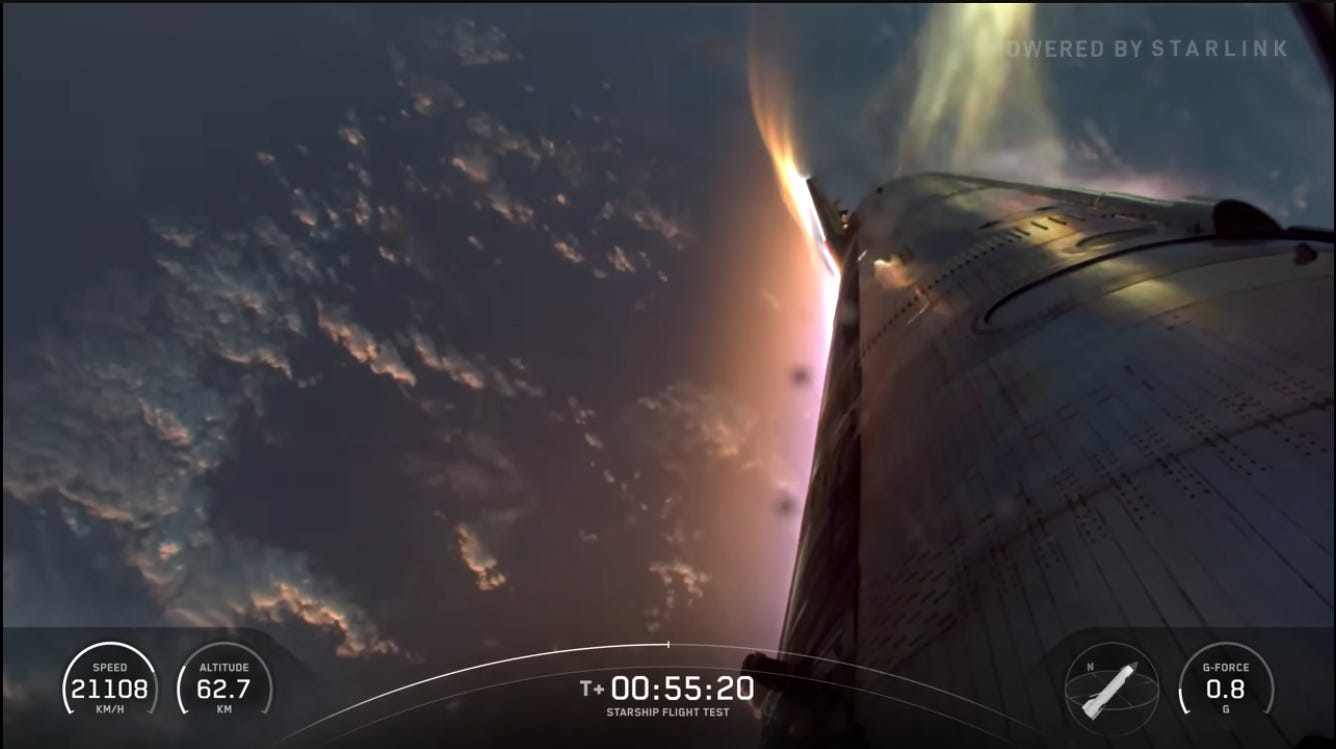Elon Musk officially declared Starship Metal Heat Shield ''USELESS" after Flight 10 Reentry...
What a surprise!
SpaceX revealed the real reason why Starship’s heat shield turned orange during reentry.
It turns out, this wasn’t a technical failure at all, but the result of a special experimental metal plate the company had installed, which unexpectedly triggered a chemical reaction.
So how did this happen?
And what does it mean for the future of Starship’s metallic heat shield?
Many might not realize this, but Flight 10 was one of those rare occasions where we got to witness Starship touching down gently on the ocean, a truly thrilling and exciting moment.
Clearly, this is also a major achievement, proving that Ship Version 2 is far from being a flawed design.
For many, it may have looked like just another landing, but from an engineer’s perspective, pulling it off requires an extraordinary level of fine-tuning and precision.
From mission control, precise commands are sent to the ship via Starship’s RF system with extremely low latency, just a few hundred milliseconds.
Inside, the guidance software integrates data from GPS, IMU, and altimeters through the internal data bus, then reignites the Raptor engines at the exact moment needed.
The thrust has to be adjusted in real time, synchronized with the COPV system to maintain proper fuel flow pressure.
All of this happens autonomously within seconds, making that smooth splashdown we see on video the result of an incredibly complex, finely tuned system.
And that’s something most people don’t really notice.
In fact, 99% of viewers were more focused on that strange orange patch on Starship’s heat shield just before splashdown.
Scroll through any forum or social media page, and you’ll see endless debates about this “orange mystery.”
To clear up any guesswork, Elon Musk explained it himself:
“The orange color is rust from rapid oxidation of metallic test tiles.”
That makes it pretty clear.
Before the flight, they had installed a metallic heat shield tile on the ship’s body, alongside the traditional ceramic thermal protection system.
These tiles were added to evaluate their performance compared to regular ceramic tiles, and also to see if it could meet the demands of rapid reuse.
They were placed right where the orange oxidation streaks started to flow.
VIDEO
Chapters
00:00 intro
00:26 Mystery Orange Layer
05:46 Unusual White Nosecone
08:00 Metallic Heat Shield Challenge
11:24 The Coolant Problem



